Chemical Burn
Cannabinoid THC Dominant
THC 8.5 - 12.5%
CBD 0.02 - 0.19%
Effect Hungry
Side Effect Panic attacks
Flavor Tropical
All AboutChemical Burn Strain
THC
CBD
Potency
Chemical Burn strain, a balanced hybrid, offers a unique combination of genetics that results in a potent and flavorful cannabis variety. This strain is known for its pungent aroma, combining diesel, earth, and a hint of citrus. Users often appreciate its smooth smoke and the balanced effects it delivers. Chemical Burn marijuana provides an uplifting cerebral high followed by a relaxing body sensation, making it suitable for both daytime and evening use. It’s ideal for those looking to alleviate stress, anxiety, and mild pain while remaining functional and focused.
Growing Details
Cultivating Chemical Burn weed is relatively straightforward, making it suitable for growers of all experience levels. This cannabis can be grown both indoors and outdoors, with indoor growers often opting for coco coir as a growing medium to improve root aeration and water retention. Outdoor cultivation benefits from a sunny climate and well-draining soil. Regular training techniques like topping and SCROG (screen of green) can help maximize yields and manage plant height. With proper care, Chemical Burn produces dense, aromatic buds that are a delight to harvest.
Side Effects
Simply let us know how this strain tastes or write a detailed review.
Chemical Burn Strain Cannabinoids
| THC | Tetrahydrocannabinol, or THC, is a major cannabis chemical compound. It is a psychoactive element that stimulates dopamine release and induces euphoria or happiness. THC-rich strains may be helpful with such conditions as lack of appetite, chronic pains , etc. It is considered to be the primary active marijuana component. | 8.5 - 12.5% |
| CBD | Cannabidiol, or CBD, is a major compound in cannabis, which is non-psychoactive. It is also proved to counteract the side effects of the second major component THC. CBD is widely used for medicinal purposes in rubs, oils and so on. It is helpful in muscle pain cases, may treat arthritis and migraines. Even Greeks used it against pain, while Queen Victoria applied it to get rid of menstrual cramps. | 0.02 - 0.19% |
| CBC | Cannabichromene, or CBC, is a minor cannabinoid, meaning that its quantity in cannabis is quite little. Though it has the same origin as CBD and THC, it is different in functions. Without any psychoactive effects, it is an efficient cannabis compound in combating acne and depression. CBC produces analgesic, antibacterial and anti-inflammatory effects. | 0.18 - 0.65% |
| CBG | Cannabigerol, or CBG, is one of the minor cannabis compounds in adult plants. On the other hand, young ones contain a lot of this antibacterial and anti-inflammatory component. During the growth, CBG is converted into different cannabinoids, mostly THC and CBD. The compound itself increases appetite and decreases eye pressure. | 0.47 - 0.94% |
| CBN | Cannabinol, or CBN, is a trace element in cannabis that is considered to be mildly psychoactive. It appears from oxidation THC, exposed to light and heat. CBN is mostly contained in old cannabis and in traditional hashish. It is effective against insomnia, bacterial infections and appetite loss. | 0.36 - 0.24% |
| THCV | Tetrahydrocannabivarin, or THC-V, is a compound contained in cannabis in trace amounts. Even though it is close to THC molecularly, it is different in effects. This compound may be psychoactive only in large amounts. THC-V reduces blood sugar, controls appetite, stimulates bone growth, etc. African Sativa strains are the richest in THC-V. | 0.35 - 0.54% |
Chemical Burn Terpene Profile
| Humulene | Humulene (also known as α-humulene) is one of the major terpenes found in cannabis, contributing to woody, earthy, spicy, herbaceous, and, mainly, floral aromas of cannabis. Used in modern medicine, humulene offers anti-inflammatory, antibacterial, and appetite suppressant effects, which have been well-researched by pharmaceutical companies. | 0.09% |
| Linalool | Linalool (also known as beta linalool, linalyl alcohol, linaloyl oxide, and p-linalool) is one of the rarest terpenes found in cannabis, mostly in small quantities. Linalool is known for its spicy and lavender aroma, bringing relaxation and calming effects. It is also said to provide anti-inflammatory and analgesic properties that can be useful for athletes. | 0.23% |
| Bisabolol | Bisabolol (also known as α-Bisabolol or levomenol) is a lesser-known terpene found in cannabis. It contributes to anti-inflammatory, anti-irritant, antioxidant, anti-microbial, and analgesic properties of weed strains containing bisanol. Attentive smokers would be able to catch a nutty, fruity scent with herbal and floral undertones, with a tender trace of coconut. | 0.27% |
| Valencene | Valencene is a terpene that got its name from Valencia oranges - a fruit where It's initially found. Valencene offers citrusy, sweet aromas, with flavors having notes of oranges, grapefruits, tangerines, and, occasionally, fresh herbs or freshly cut wood. Citrus aromas, frequently found in a wide variety of cannabis strains, are contributed to by valencene, which is known for anti-inflammatory and insect repelling properties. | 0.41% |
| Total terpenes content | 1.00% |
Growing Info
Similar Strains
THC 17.67 - 19.33%
CBD 0.57 - 0.86%
Effect Happy
Flavor Sweet
THC 18 - 22%
CBD 0.1 - 0.57%
Effect Happy
Flavor Tree fruit
THC 21 - 23%
CBD 1.09 - 1.39%
Effect Euphoric
Flavor Flowery
THC 20.5 - 24.25%
CBD 0.25 - 0.74%
Effect Talkative
Flavor Diesel
THC 10.91 - 16.74%
CBD 0.02 - 0.29%
Effect Giggly
Flavor Woody
THC 18 - 21%
CBD 0.36 - 0.48%
Effect Happy
Flavor Spicyherbal
THC 17 - 17%
CBD 0.2 - 0.46%
Effect Happy
Flavor Diesel
THC 13 - 17%
CBD 0.51 - 0.99%
Effect Happy
Flavor Diesel
THC 19 - 20%
CBD 1.15 - 1.27%
Effect Aroused
Flavor Tobacco

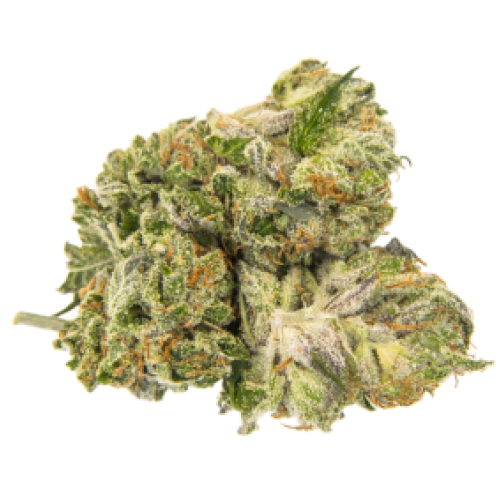



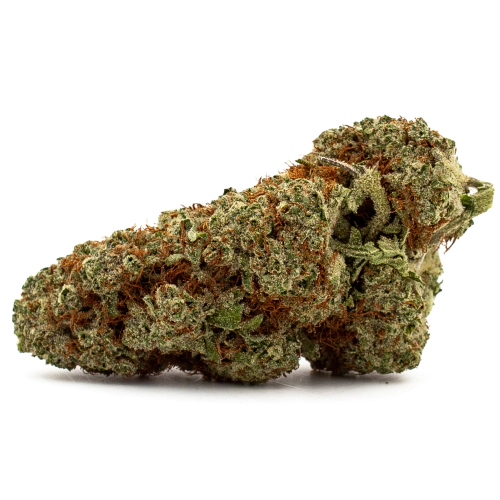

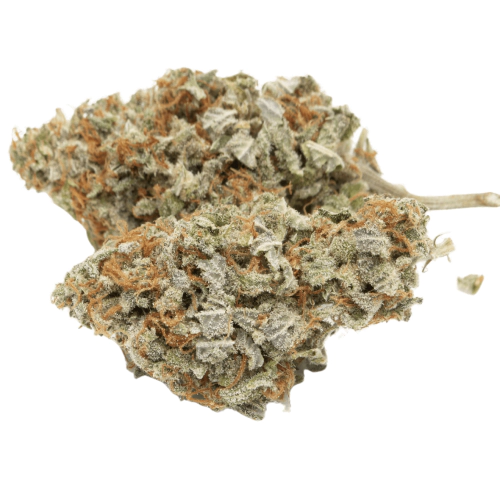
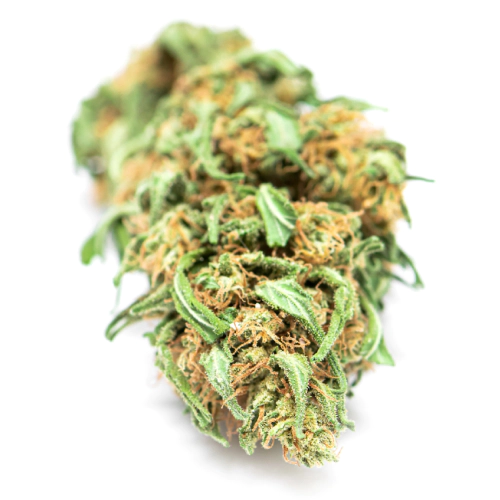
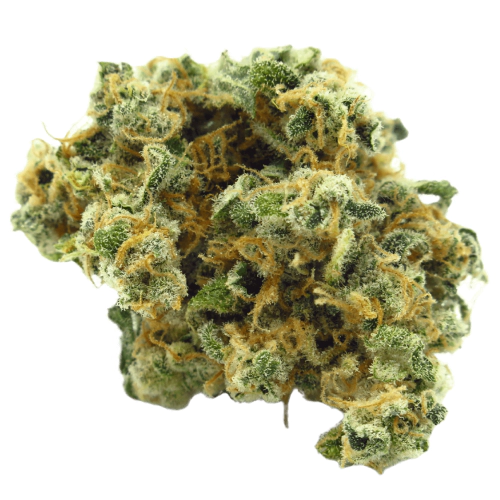
Be the first and share your opinion
Write a Review